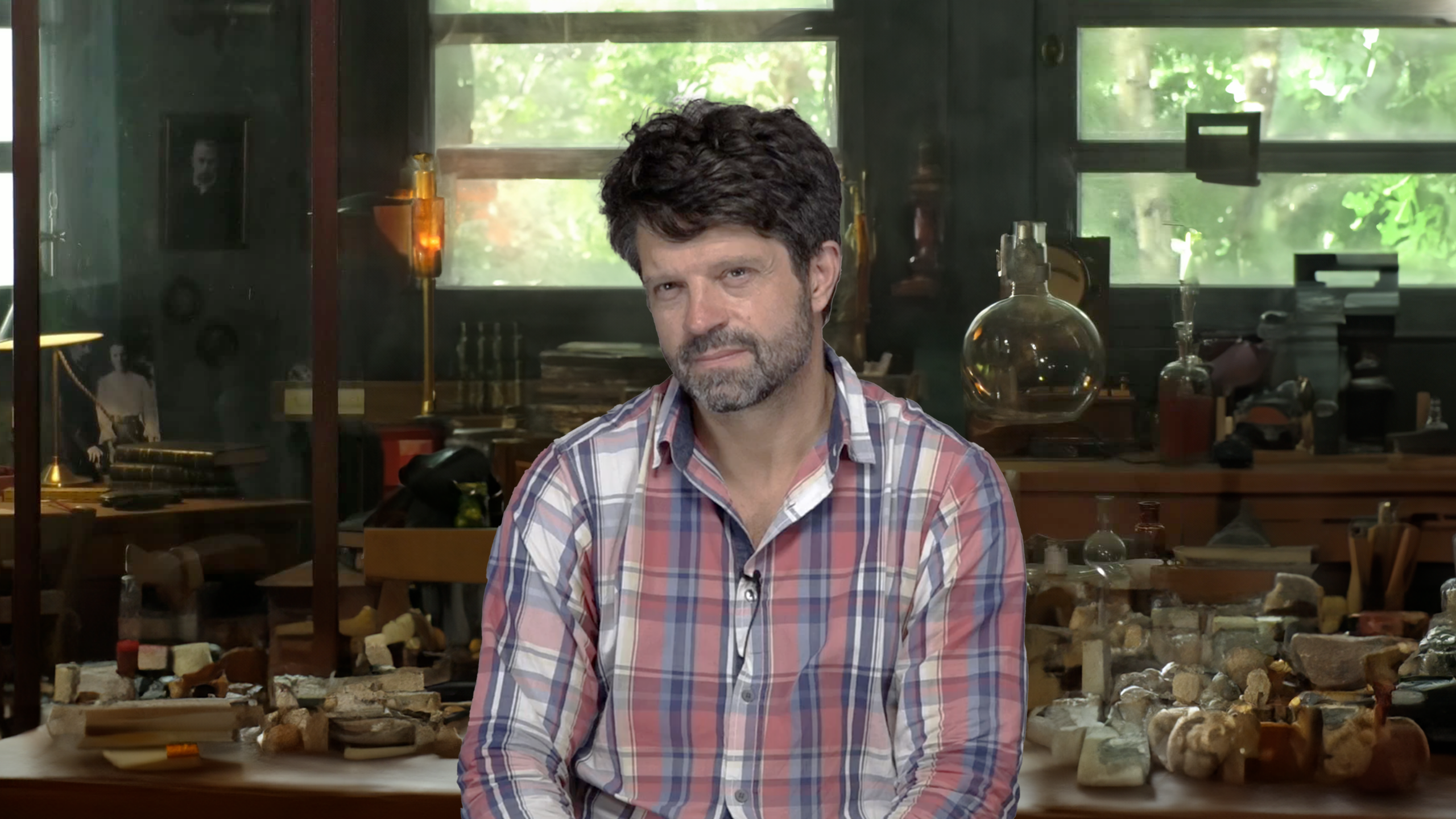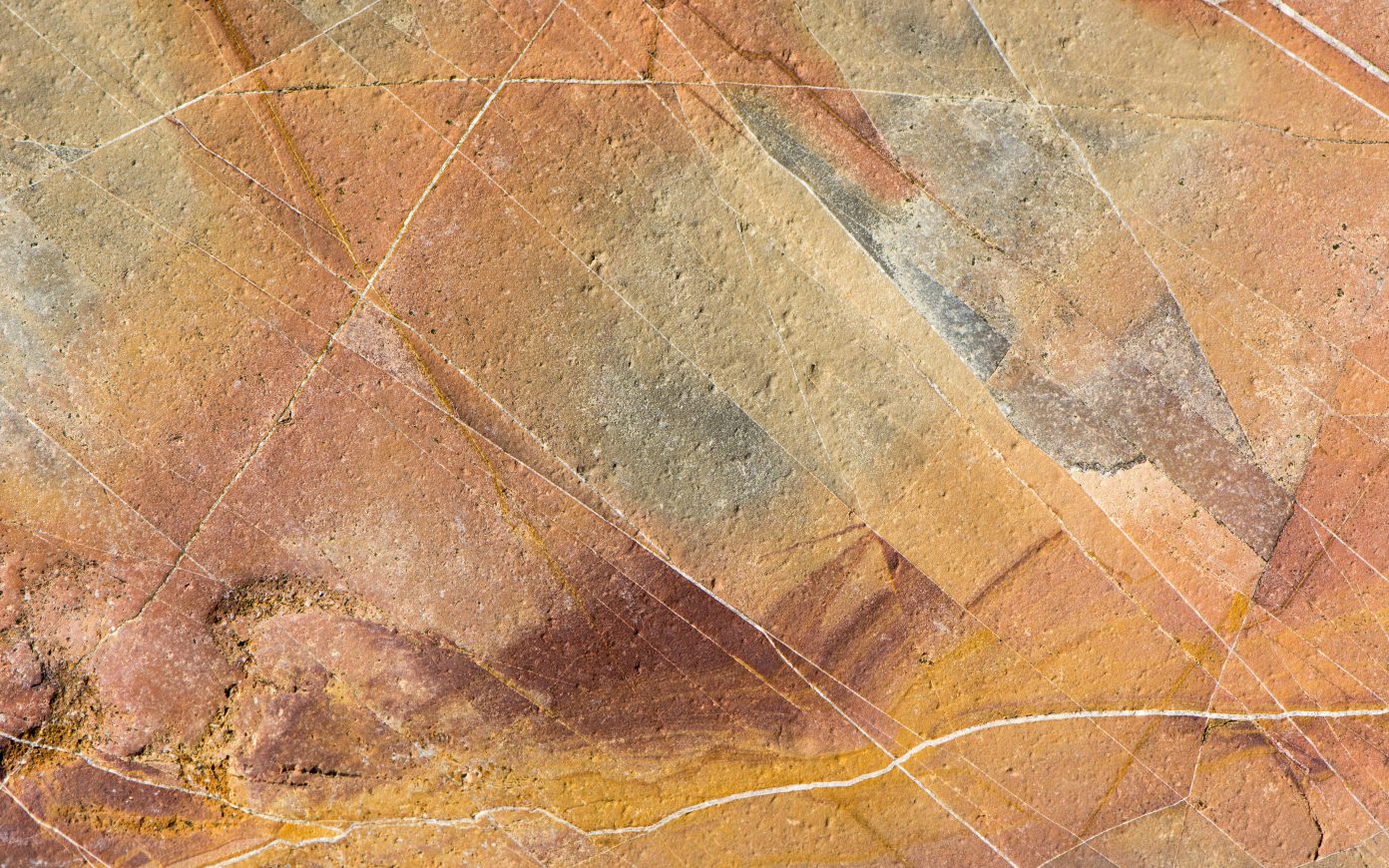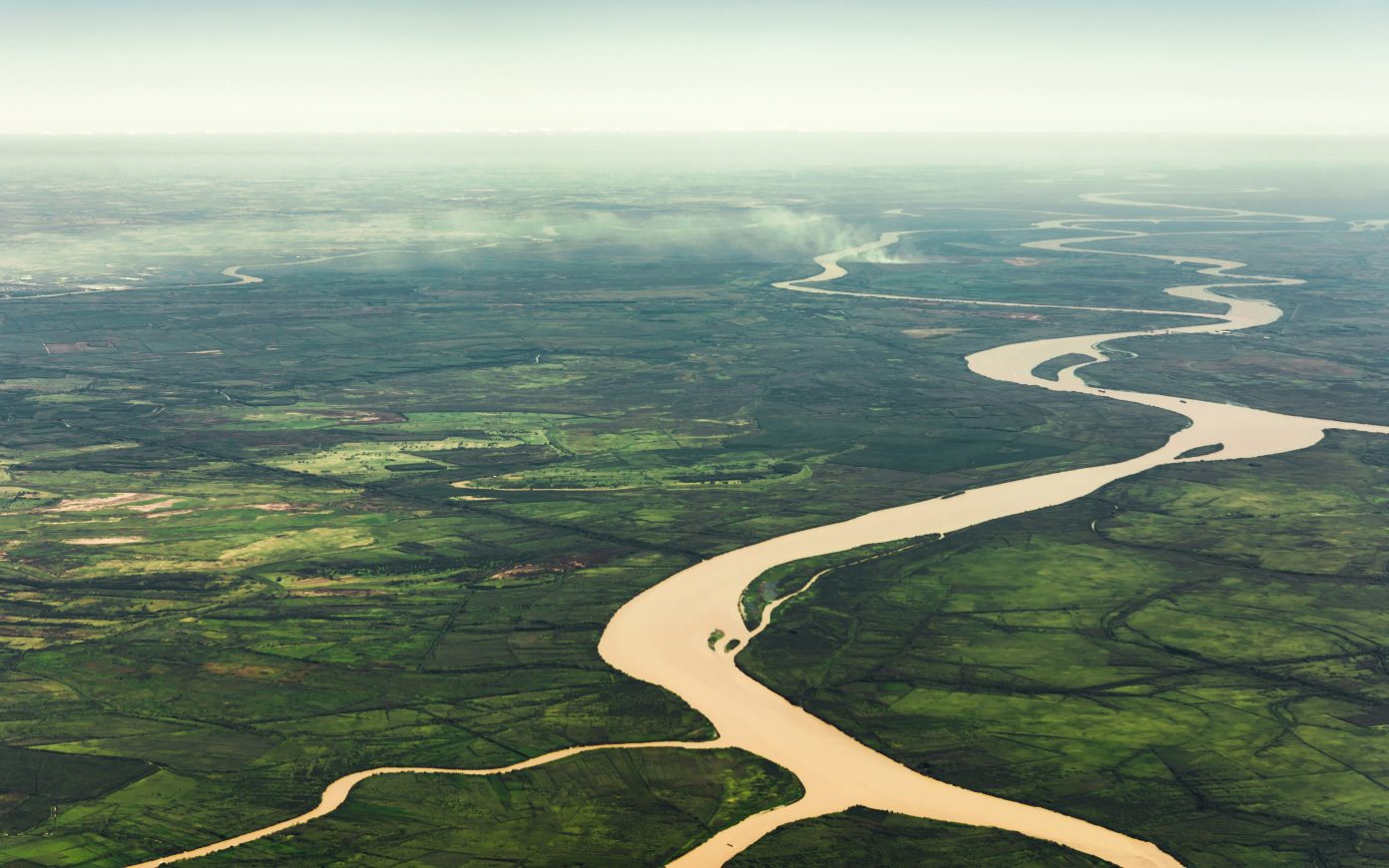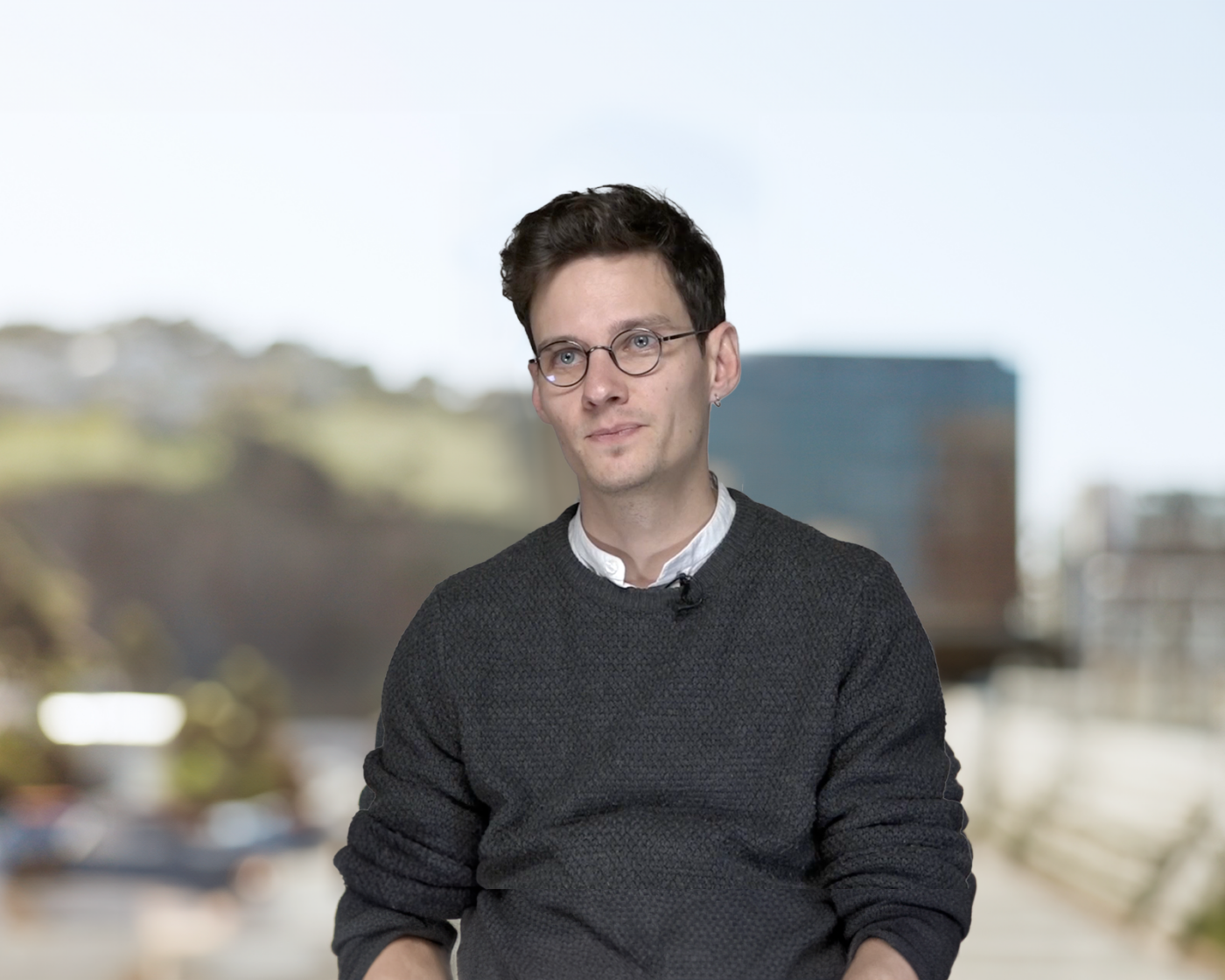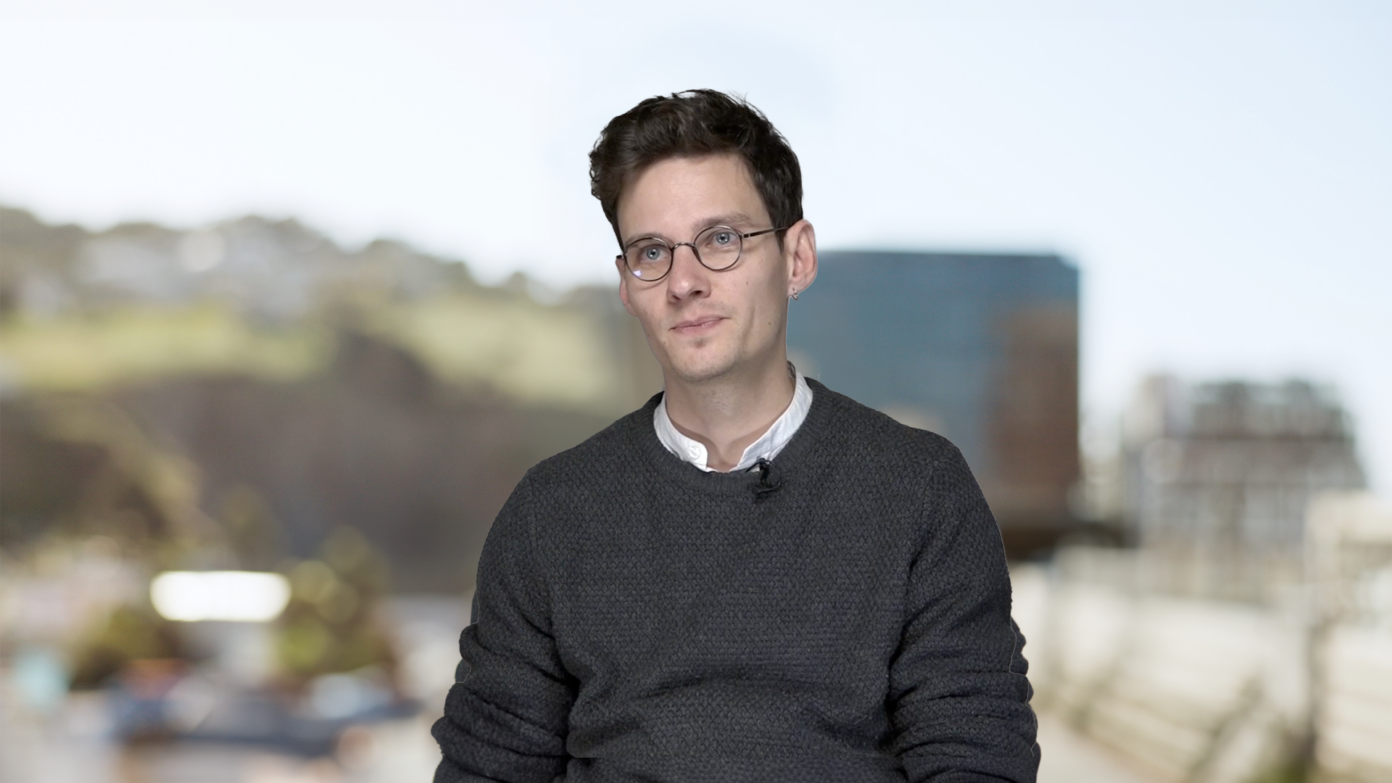Urban Co-evolutions
Through the long-term perspective specific to paleoanthropologists, Pascal Picq can analyze the evolution of the human line in view of the parallel and sometimes jarring history of its habitat. In particular, he highlights how changes in ways of working have been a driver of the radical transformation of urban forms throughout history. He considers that the conditions for a new wave of change that could thoroughly transform our cities are already established, and he calls for new forms of nomadic living, in terms of housing and ways of moving around, as well as lifestyles organized on the basis of fusion-fission models of society. He also calls for a return of anthropology into the city, in order to make it easier for residents to reclaim their space.
